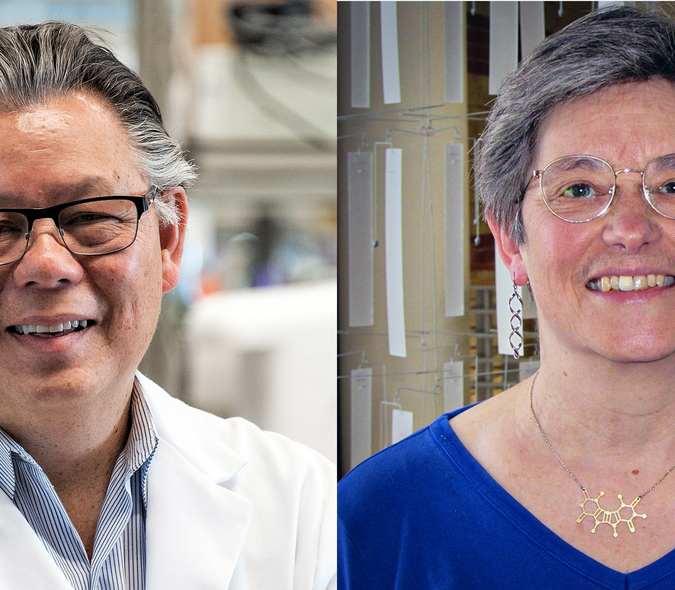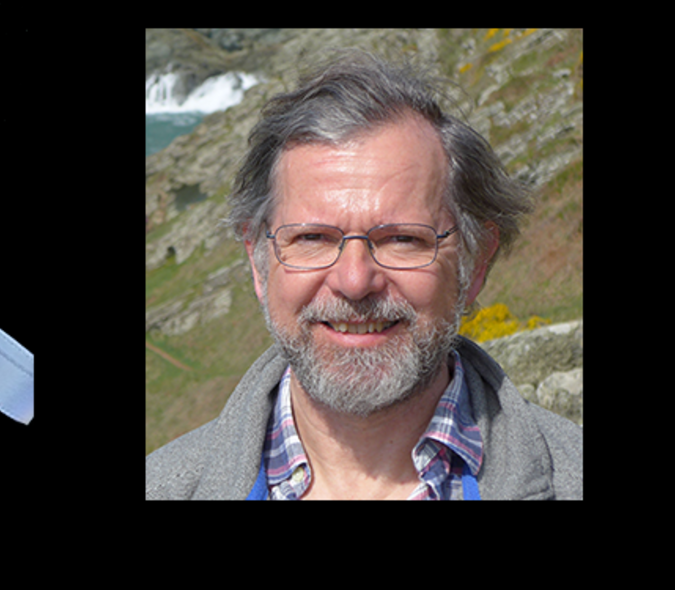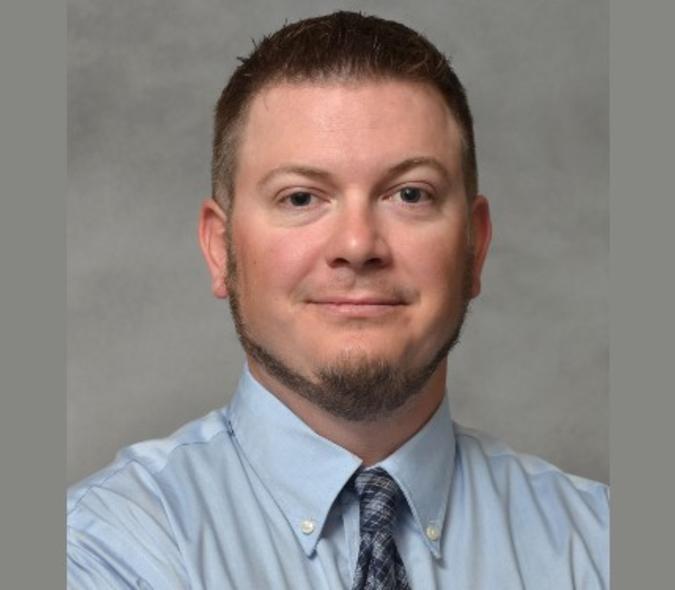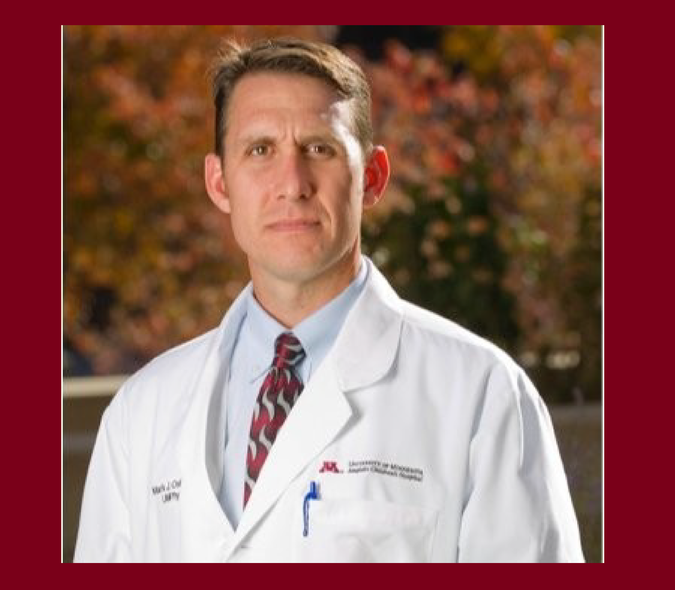Notable Research News and Publications - Jan to July 2021
Provenzano lab engineered immune cells to fight malignant tumors.
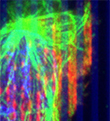
The study shows how engineered immune cells used in new cancer therapies can overcome physical barriers to allow a patient’s own immune system to fight tumors. “This study is our first publication where we have identified some structural and signaling elements where we can tune these T cells to make them more effective cancer fighters,” said Provenzano. Read more.
Study provides clues to understand how cells move
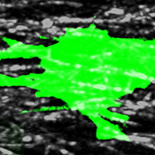
The Tranquillo lab has described how fiber network stiffness anisotropy can induce directed cell movement within tissues. This discovery could reveal important aspects of cancer metastasis, as well as cell movement in engineered tissues designed for regenerative medicine applications. Read more.
Perlingeiro lab uses gene editing to correct mutations in induced pluripotent stem cells (iPSCs) generated from patients with muscular dystrophy.
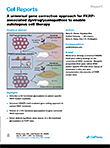
The Perlingeiro lab has used CRISPR-Cas9 technology to correct mutations in induced pluripotent stem cells (iPSCs) generated from patients with muscular dystrophy. Myogenic progenitors derived from these gene corrected iPSCs were able to engraft into dystrophic mice, giving rise to donor-derived muscle fibers with rescued function as well as muscle stem cells. These results suggest that gene editing of patient-specific iPSCs could be used for cell transplantation therapies in the future. Read the paper.
Tolar lab shows in mouse studies that mesenchymal stromal cells could treat diseases involving chronic tissue injury.
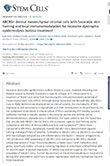
Clinical studies have shown that mesenchymal stromal cells found in bone marrow can effectively reduce blistering in patients suffering from the rare, incurable skin disease, recessive dystrophic epidermolysis bullosa (RDEB) by modulating the immune response to skin injury. The Tolar group has now demonstrated in mouse studies that mesenchymal stromal cells isolated from skin have superior abilities to home to the skin and engraft in wounds. Further studies about the mechanisms by which these cells modulate the immune system could have far-reaching implications for treatments of this and other diseases involving chronic tissue injury. Read the paper.
Study shows that circadian timing is a significant factor for effective muscle cell differentiation and regeneration.
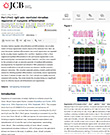
Stem Cell Institute members Nobuaki Kikyo and Atsushi Asakura combined their expertise to show that muscle regeneration occurs more efficiently when the muscle was damaged within a specific time window during the 24 hour circadian cycle. This could have important implications regarding timing of surgical interventions and/or physical therapy after injury. Read the paper.

A University of Minnesota research team that includes SCI faculty members Casim Sarker, PhD and Samira Azarin, PhD, has developed a simpler method for understanding cell states through the generation of energy landscapes. This new method produces landscapes with three quantitative features relevant to understanding cell behavior: how stable a cell state is, how quickly a cell transitions between states, and how variable these transitions are. Learn more.
SCI Faculty members, Allison Hubel, PhD and David McKenna Jr., MD conducted a study to develop standardized infusion protocols used to deliver the growing number of FDA-approved cell therapies. They observed infusions at three academic medical centers in the United States, and then analyzed and compared the workflows. This analysis identified opportunities to standardize and streamline the infusion workflow which may help facilitate adoption of new and existing cell therapies at a wider range of hospitals. Read the paper.
Research team creates heart valves that can grow with the recipient
In a groundbreaking study, researchers in SCI faculty member Robert Tranquillo's lab used a hybrid of tissue engineering and regenerative medicine to create heart valves that can grow with the recipient. The lab-created valves were tested in young lambs for a year and showed a capacity for growth. “If we can get these valves approved someday for children, it would have such a big impact on the children who suffer from heart defects and their families who have to deal with the immense stress of multiple surgeries,” Tranquillo said. “We could potentially reduce the number of surgeries these children would have to endure from five to one. That’s the dream.” Learn more.
SCI faculty members from the University of Minnesota Medical School have developed two new rapid diagnostic tests for COVID-19. The technology for both tests uses the cutting-edge CRISPR/Cas9 system. One test detects COVID-19 variants and the other helps to differentiate between COVID-19 and other illnesses with similar symptoms. Learn more.
SCI Researchers Speed Neuron Production with New Differentiation Protocol
Two SCI Faculty members Ann Parr, MD, PhD, associate professor in the Department of Neurosurgery, and James Dutton, PhD, associate professor in the Department of Genetics, Cell Biology and Development, have developed a new protocol to improve the generation of neural and glial cells from human induced pluripotent stem cells (hiPSCs). Learn more about this research.
New way to deliver DNA-based therapies for diseases discovered by SCI faculty member
A research team led by chemistry professor and SCI faculty member Theresa Reineke has created a new polymer to deliver DNA and RNA-based therapies for diseases. The research team observed how polymers interact with human cells when delivering medicines into the body. This discovery opens the door for more widespread use of polymers in applications like gene therapy and vaccine development. Learn more.
